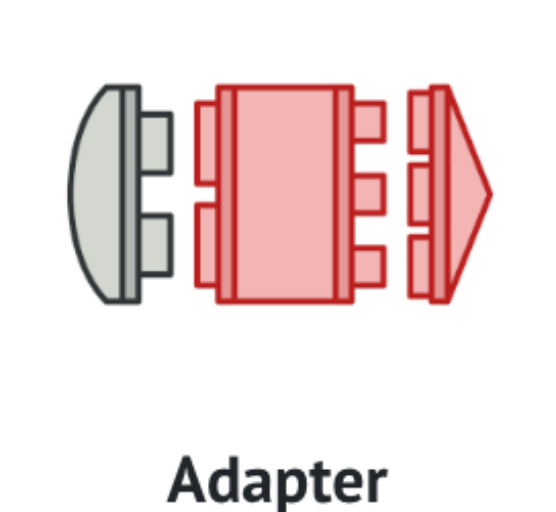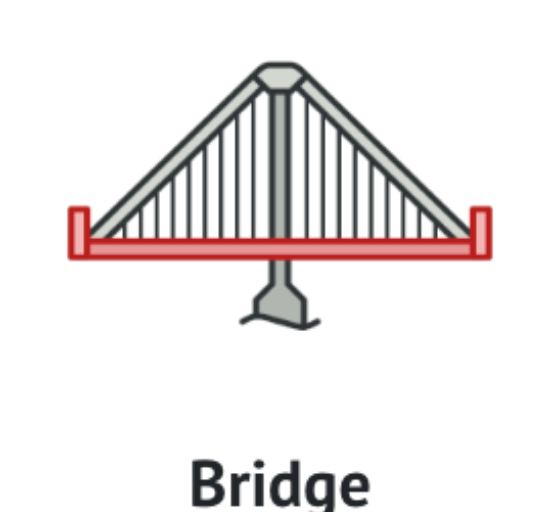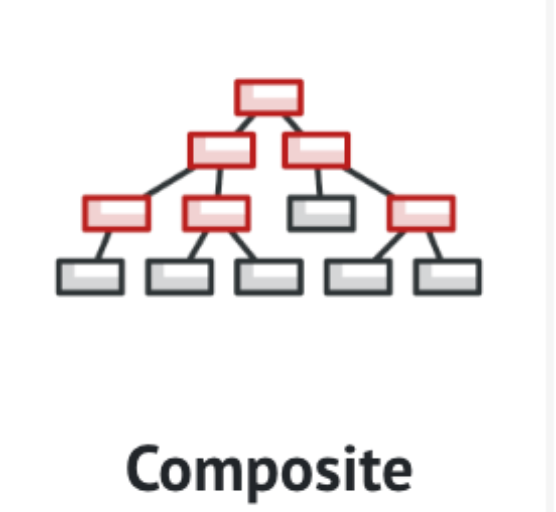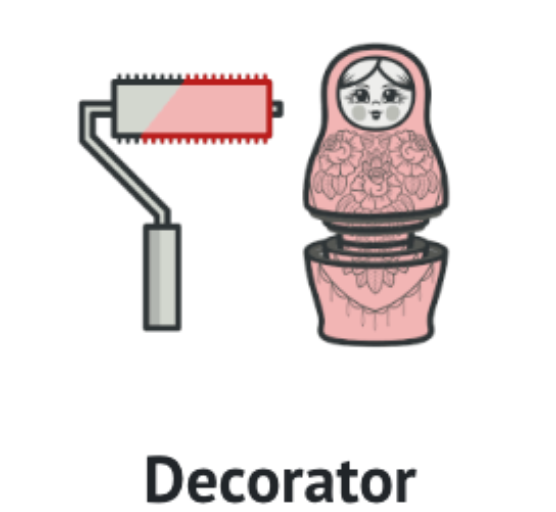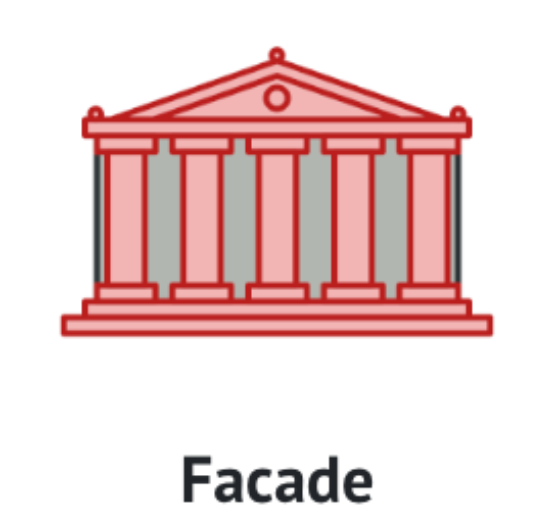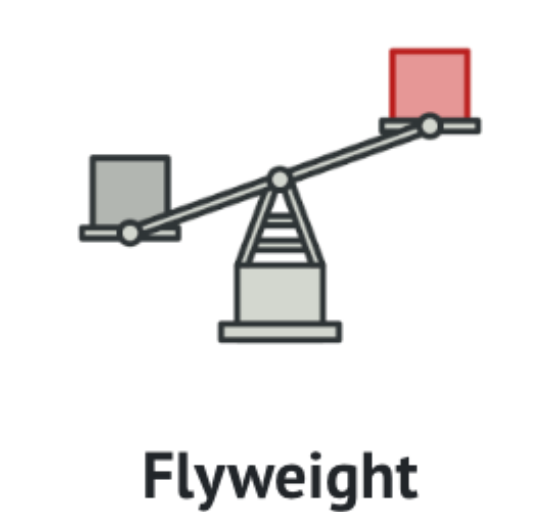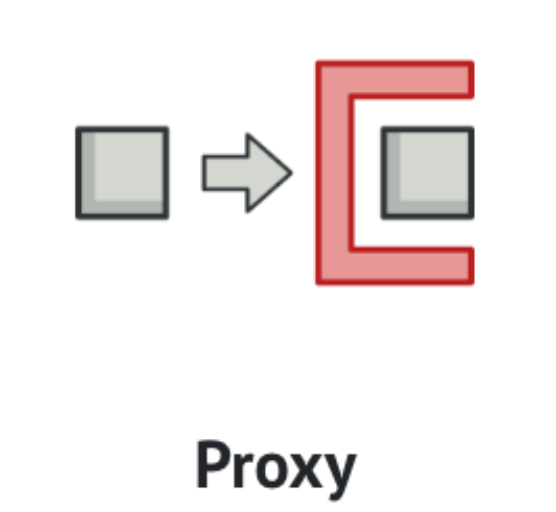Last Updated on September 24, 2023 by KnownSense
Structural Design Patterns are a subset of design patterns in software development that focus on how classes and objects are composed to form larger structures and provide new functionalities. These patterns help manage relationships between objects, simplify system organization, and make systems more extensible. It deal with object composition, creating relationships between objects to form larger structures, and ensuring that these structures can work together to provide new functionalities. These patterns aim to improve the flexibility and efficiency of software systems by addressing issues related to object composition.
Benefits
There are several reasons to use structural design patterns in software development:
- Reusability: Promote the reuse of existing classes and objects, reducing the need to create new ones from scratch.
- Flexibility: They make it easier to change and adapt the structure of a system without altering the individual components.
- Complexity Management: Help to manage complex class hierarchies and object relationships, making systems easier to understand and maintain.
- Abstraction: These patterns abstract away the details of object composition, allowing developers to focus on high-level design and functionality.
- Efficiency: They can optimize the use of resources by minimizing object creation and memory usage.
Use Cases
You should consider using structural patterns in the following situations:
- You want to compose objects into larger structures: When your system requires objects to be organized in a specific way or when you need to create complex structures from simple components.
- You need to support different interfaces: When you want to make incompatible interfaces compatible, this patterns can help by providing an intermediary layer.
- You want to simplify complex class hierarchies: When your class hierarchy becomes convoluted and hard to manage, this patterns can streamline the relationships.
How to implement
Here’s a high-level overview of how to use structural design patterns:
- Identify the Problem: Understand the specific problem you’re trying to solve, such as managing object relationships or creating adaptable structures.
- Choose the Appropriate Pattern: Select the structural pattern that best addresses the identified problem. Common structural patterns include Adapter, Bridge, Composite, Decorator, and Proxy, among others.
- Implement the Pattern: Follow the pattern’s guidelines to implement it in your code. This typically involves defining new classes and interfaces or modifying existing ones.
- Integrate the Pattern: Integrate the pattern into your software architecture, ensuring that it aligns with the overall system design.
- Test and Refine: Thoroughly test the system to ensure that the structural pattern works as expected. Make refinements as needed.
- Document the Design: Document the use of patterns in your code to help other developers understand the design decisions.
Types of Structural Patterns
Below are 7 Structural design Patterns. Click on the cards below and read about them in details.
